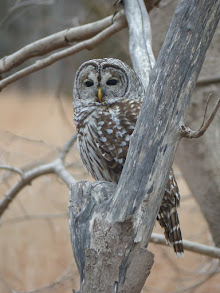Lynda Roscoe Hartigan, et al.
Cornell traveled primarily only as a child and even then never beyond New England. His ability to evoke the character of a place or period as well as the sense of a traveler's yearning for experiences and sights is uncanny nonetheless. He often described himself as "an armchair voyager" to earlier eras and other countries... Initiated in 1950, the Hotels reflect his impressions of Europe's grand old buildings, poignant all the more for his emphasis on European culture during the postwar era's reconstruction efforts. The organizing motif is the window, which invites us to consider interior and exterior views.Raymond Roussel:
Joseph Cornell: Shadowplay Eterniday
It was at the end of the eighteenth century that a Norman, Guillaume Cassigneul, had founded the establishment in question, known as the Hôtel de l'Europe, which was still run by his descendants to this day.Pablo Neruda:
For its sign by day and night, he had a broad, high lantern hung over the entrance, bearing on its front, painted upon the glass, a map of Europe in which each land had its special tint – the attractive colour red being reserved for the motherland.
Locus Solus
I have come again to the solitary bedroomsJulio Cortázar:
to lunch on cold food in the restaurants, and again
I throw my trousers and shirts upon the floor,
there are no coat hangers in my room, no pictures of anyone on the walls.
"The Widower's Tango" (translation by Donald D. Walsh)
Petrone liked Hotel Cervantes for the same reasons that anyone else would have disliked it. It was solemn, peaceful, almost deserted. A then associate had recommended it to him when he was crossing the river on the Vapor de la Carrera, mentioning that it was located in central Montevideo. Petrone agreed to an en suite room on the second floor, which overlooked the reception area. He knew from the number of keys hanging on the wall in the front desk that there was hardly anyone staying; the keys each had a heavy bronze disk with the number of the room, a naive attempt from the management to prevent clients fitting them in their pockets.
"The Condemned Door" (translation by Rebecca Bourke)
The Icelandic musician KK (Kristján Kristjánsson) performs a song entitled "Grand Hótel"; it appears on his 1995 album Gleðifólkið and also (in a different version) on Lifað og leikið, a 2000 collaboration with Magnús Eiríksson (aka Maggi Eiríks). I understand exactly two words of the lyrics (the title), but the music is suitably haunting, or haunted.
Robert Coover wrote a short book entitled The Grand Hotels (of Joseph Cornell). It's out of print and the publisher (Burning Deck) no longer exists. I haven't been able to track down a copy at a reasonable price.

















